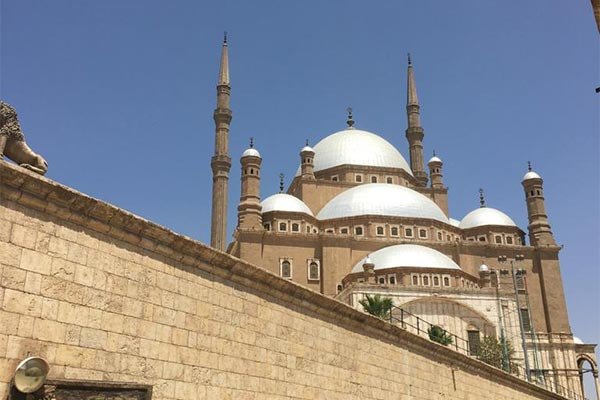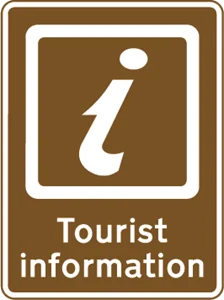After enjoying your breakfast in your hotel in Cairo or Giza , your guide will accompany you from your hotel by air conditioned car Enjoy a day at the Islamic and Coptic places in Cairo.
Visit Salah El Din Citadel including Mohamed Ali Alabaster Mosque:
The Citadel is one of Cairo’s main attractions and probably the most popular Islamic moment in Cairo. Salah El-Din built it in 1176 AD, it was the place of most Egypt’s rulers for 700 years between the 9th and 12th century. Mohammed Ali was the last ruler in the citadel.
Muhammad Ali Mosque
The Muhammad Ali Mosque is located within the Citadel of Salah al-Din, and was built by Muhammad Ali in 1848. This mosque was called the Alabaster Mosque, referring to the marble slabs that covered its interior walls. It was also called Alabaster Mosque which is one of the types of marble used in construction, also There is inside this Moeshea the tomb of Muhammad Ali.
Then Al Gawhara Palace: A Jewel in Cairo
Al Gawhara Palace, or the Jewel Palace, is a historic gem nestled within Cairo’s Citadel. Built in the 19th century during Khedive Ismail Pasha’s reign, it showcases Ottoman, Moorish, and European architectural influences.
Despite restoration efforts, certain areas like the Throne Room remain closed to the public. However, visitors can still explore the palace’s ornate design and learn about its significance as a symbol of royal power and wealth.
The palace’s name reflects its exquisite beauty and precious materials. It was built as a royal residence, showcasing a blend of architectural styles and serving as a center of political and cultural events.
Then discover Ibn Tulun
One of the most famous mosques in Old Cairo. Famous for its spiral minaret inspired by the Great Mosque of Samarra and slit arcades surrounding a wide open space for prayer, the 6-acre (2.5 hectare) Ibn Tulun Mosque is one of the oldest surviving Islamic landmarks in Cairo.
Geyer Anderson
Geyer Anderson Pasha, an English officer and medical doctor, came to Egypt in 1907. In 1935, he proposed converting two historic Ottoman-era houses into a museum. The houses would be filled with his collection of Egyptian, Islamic, and Asian antiquities, which would become the property of the Egyptian people upon his departure.
After his departure in 1942, the houses became the Geyer Anderson Museum. The first house was built in the 16th century by scholar ‘Abd al-Qadir al-Hadad, while the second belonged to Hajj Muhammad ibn Salem in the 17th century. Over time, various families and a Cretan woman owned the houses, leading to the name “Bayt al-Kritlyya” for the second one.
Hanging Church (El Muallaqa, Sitt Mariam, St Mary)
The hanging church is considered as the oldest Coptic church in Egypt, known as the the hanging church or the Virgin Mary church. Located at old Coptic Cairo.
It was called the Suspended Church because it was built on two of the ancient towers of the Roman fort. (Fortress of Babylon), and the Hanging Church is the oldest surviving church in Egypt. Therefore the church is a very important and absolutely unmissable stop on the tourist itinerary focused on the places linked to the Holy Family, which characterize the capital of Egypt. The internal decorations feature icons in Greek Orthodox style and have thirteen pillars, which respectively represent Christ and the twelve apostles.
Church of St. Sergius and Bacchus
Explore old Cairo with its famous old churches The Church of St. Sergius and Bacchus, also known as Abu Serga.
It is the ancient church built on the site where the Holy Family resided during their escape journey, Its current location is what is known as the Complex of Religions in Old Cairo, within the Fortress of Babylon. Like many other early Christian churches, the Abu Serga church and its underground cave were designed according to the layout of a basilica, thus together consisting of three parts: the porch, the nave and the sanctuary (the cave is under the sanctuary). The church is notable for its unique architectural and artistic elements which reflect the spirit of Coptic church architecture in Egypt. These include the pulpit, font, ivory and wood inlaid templons, and unique religious decoration of saints and apostles.
After finishing your tour,Back to the hotel in Cairo or Giza









